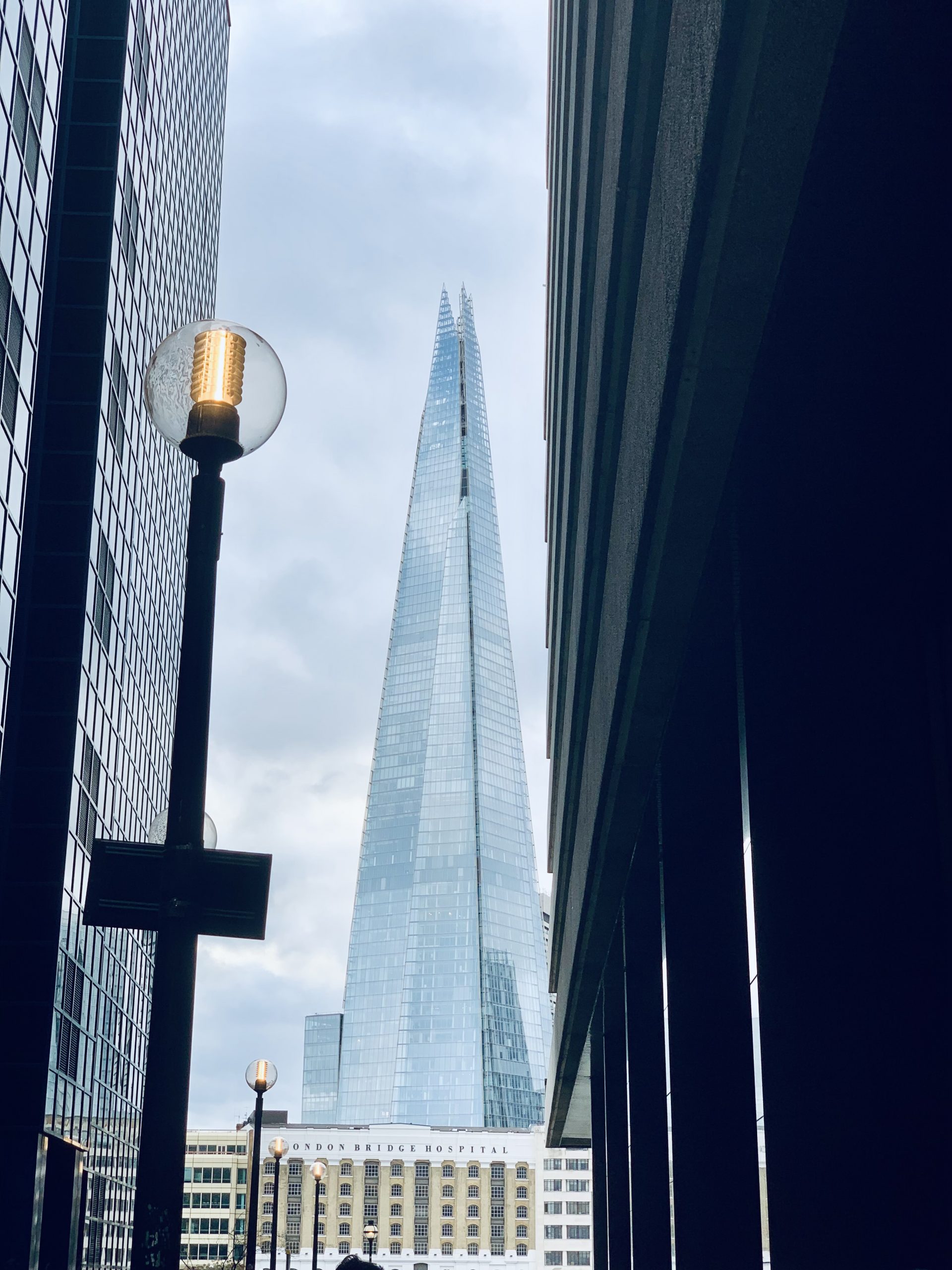
MC2024 Abstracts & Papers
Session 1: Various Themes on People and Buildings
How much do Large Language Models know about panel paintings preservation?
Fengjun Li, Dr. Daniela Reggio and Dr. Josep Grau-Bove
This study evaluates the capability of large language models (LLMs) in understanding the preservation of paintings on panel by comparison with the predictions obtained through the digital platform HERIe. The latter is specialized tool for heritage object risk assessment. Four large language models (LLMs) – ChatGPT 3.5, ChatGPT 4, Claude, and Gemini – were tested asking what are the levels of strain experienced by panel paintings under different conditions. The models were also tested on their ability to rank different environments conditions in order of suitability for storing panel paintings and were examined whether the languages of prompts affected results. The study concludes that while LLMs demonstrate a general understanding of wood panel preservation principles, they lack the specialized calculation abilities of purpose-built tools like HERIe for precise risk assessment in cultural heritage preservation.
Keywords: panel paintings; preservation; microclimate; LLMs.
– Theme: Building microclimate and heritage preservation –




